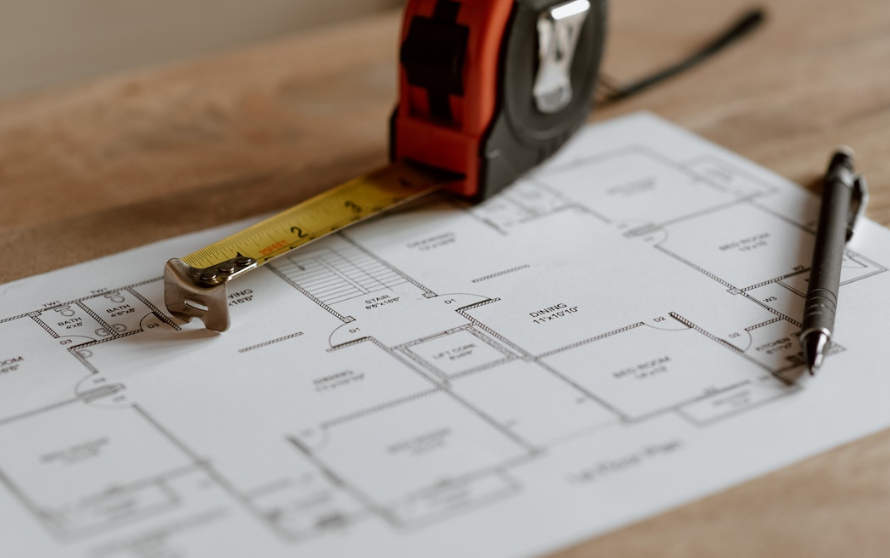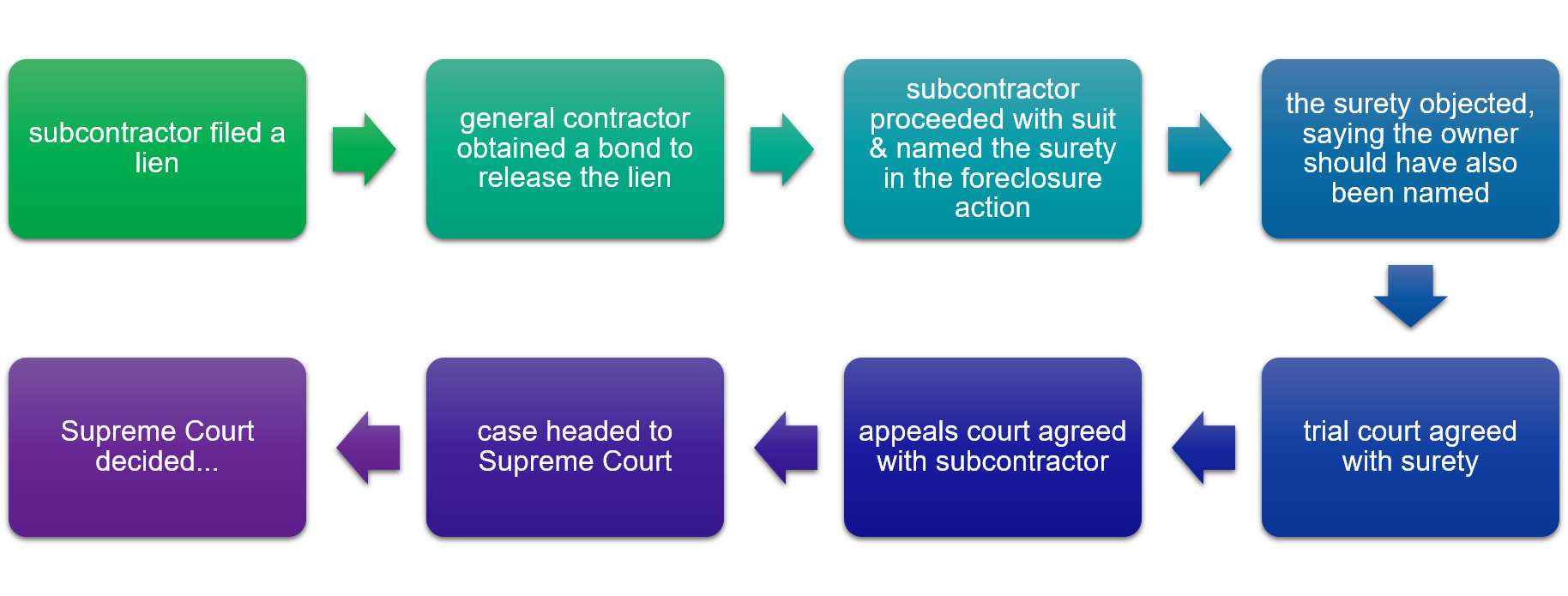
You Could Roll the Dice, but why Gamble with Your Lien Rights in Nevada?
You can roll the dice with your lien rights, but why would you want to? Mechanic’s lien and bond claim rights are afforded to those furnishing to Nevada construction projects, if you adhere to the statutory requirements. Let’s look at the notice > lien/bond claim > suit process for Nevada.
Furnishing to a Private (Commercial) Project
Nevada is one of a handful of states where the preliminary notice should be served AFTER you begin furnishing. If you are furnishing to a private commercial project in Nevada, you should serve a preliminary notice upon the owner and prime contractor after first furnishing materials or services, but within 31 days from first furnishing materials or services.
If you fail to serve the notice timely, you may serve a late notice, but when the lien is filed it will only be effective for materials or services provided 31 days prior to serving the notice and thereafter. This late notice may also be referred to as a Trapping Notice.
While we always recommend serving the preliminary notice, there are some instances where a notice may not be required. For example, in Nevada, a notice isn’t required for private commercial projects if you contract directly with the owner or if you are providing labor only.
(Thinking about skipping the preliminary notice? You may want to read this post first Failing to Serve the Preliminary Notice Resulted in a Nevada Architect Losing Lien Rights)
Although service of the preliminary notice prompts payment 96% of the time, there is a chance you may need to proceed with a mechanic’s lien. If a lien is required, you should file your lien within 90 days from last furnishing materials or services, or 90 days from project completion, whichever is later. Be sure to serve a copy of the lien upon the owner and prime contractor within 30 days from filing the lien.
Your lien deadline may be shortened if a notice of completion is filed, and the owner notifies you of filing. The lien must be filed within 40 days from the date the notice of completion was filed.
Less than 1% of projects ever make it to the suit phase. Generally once a lien is filed, unpaid funds are recovered by claimants. However, if after filing a lien you remain unpaid, you will want to file suit to enforce your lien after 30 days from filing the lien, but within 6 months from filing the lien.
Think you may be close to an agreement & the suit deadline is creeping up quickly? You may choose to file an extension agreement, which, if agreed to by the owner, will extend the suit deadline. Within 6 months from filing the lien, an Extension Agreement may be filed, extending the deadline for suit up to 6 months from the Extension Agreement. The lien claimant and the owner must sign the Extension Agreement.
Furnishing to a Residential Project?
Make sure you serve a notice of intent upon the owner and prime contractor within the lien filing period and at least 15 days prior to filing the lien. The deadline for filing the lien may be extended up to 15 days from the service of the notice of intent. Of special note, apartment buildings in Nevada are generally considered residential, unlike apartment buildings in other states.
Furnishing to a Public Project
The typical payment remedy on public projects is a bond claim. But, did you know the owner may not require the general contractor to obtain a payment bond?
Fortunately, in Nevada, payment bonds are generally required for general contracts exceeding $100,000, for subcontractors whose contracts exceed $50,000 and for highway construction projects exceeding $250,000. As part of your credit granting process, request a copy of all payment bonds at the time of contract – it’s easier to obtain a copy of the payment bond before anyone finds themselves in “payment trouble.”
There is a preliminary notice requirement for public projects in Nevada. The notice should be served upon the prime contractor after first furnishing materials or services, but within 30 days from first furnishing. Just as with private projects, a late notice may be served but the bond claim, when later served, will only be effective for materials or services provided 30 days prior to serving the notice and thereafter.
Technically, if you have contracted with the prime contractor, you are not required to serve a preliminary notice – but as a best practice, we recommend serving the notice.
If payment is not received on a public project, proceed with serving a bond claim upon the prime contractor within 90 days from last furnishing materials or services. It’s important to note, if you are furnishing to a highway construction project, you should serve the bond claim upon the prime contractor, public entity and surety within 30 days from final acceptance of the contract.
Bond claim didn’t prompt payment? Well, you can proceed with suit to enforce your claim after 90 days from last furnishing materials or services, but within 1 year from last furnishing materials or services. Again, a caveat on highway projects – file suit to enforce the bond claim within 6 months from serving the bond claim notice and within 6 months from final acceptance of the contract.
Does Nevada Have Prompt Pay Laws?
Yes, there is prompt pay statute for both private & public projects.
For private projects, the owner should remit payment to the general contractor based on the terms of the contract. If payment terms are not specified within the contract, the owner must “pay the prime contractor within 21 days after the date the prime contractor submits a request for payment.” (NRS 624.309(1)(b))
In turn, the prime contractor should remit payment to its subcontractors/suppliers “within 10 days after the date the higher-tiered contractor receives payment” from the owner. (NRS 624.624 (1)(a)(2))
You can view additional prompt pay statute for private projects here: Prompt Pay (Nev. Rev. Stat. 624-606 through 624-630)
The payment period on public projects, between the prime contractor and its subs/suppliers, is the same as it is under private projects: “Each contractor shall disburse money paid to the contractor… to his or her subcontractors and suppliers within 10 days after the contractor receives the money…” (NRS 338.550 (1))
There is a difference, however, in the payment period between the owner and the prime contractor. For public projects, the owner should remit payment to the prime contractor within 30 days of receiving the progress bill from the prime contractor.
You can view additional prompt pay statute for public projects here: Prompt Pay (Nev. Rev. Stat. 338.400 through 338.645)
Interesting Fact about Lien Waivers in Nevada
There is language within Nevada statute which dictates that if payment doesn’t clear, the waiver is considered null & void, and the would-be claimant can pursue the lien.
NRS 108.2457 (e) Notwithstanding any language in any waiver and release form set forth in this section, if the payment given in exchange for any waiver and release of lien is made by check, draft or other such negotiable instrument, and the same fails to clear the bank on which it is drawn for any reason, then the waiver and release shall be deemed null, void and of no legal effect whatsoever and all liens, lien rights, bond rights, contract rights or any other right to recover payment afforded to the lien claimant in law or equity will not be affected by the lien claimant’s execution of the waiver and release.










